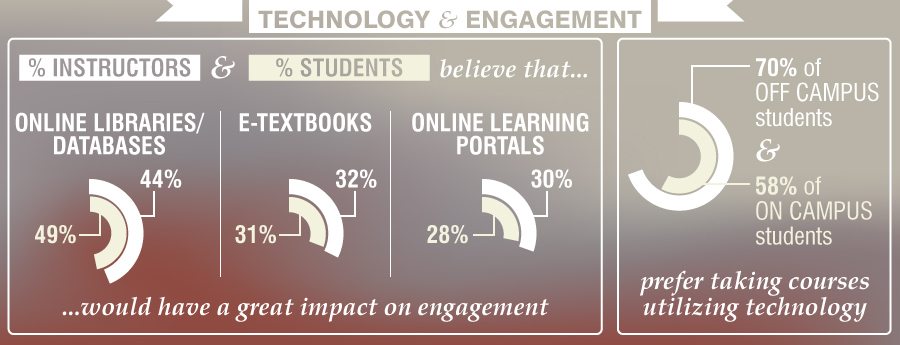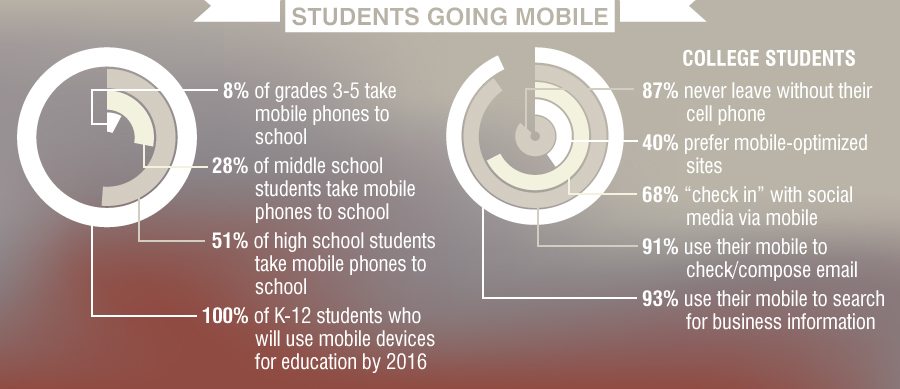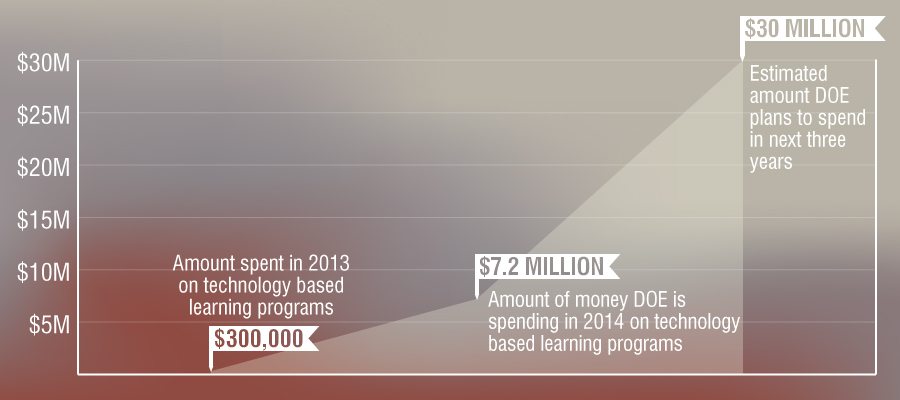The changes in modern teaching methods made necessary by technological, economic, and cultural forces in the early 21st century have fundamentally altered the very foundation of traditional educational models, as educators try to figure out how to best meet the needs of students in a personalized, meaningful and timely way.
Certainly, students today are no longer the target audience that the traditional educational system was designed to teach. Fifty to 100 years ago everyone in a class would be working at about the same level. A teacher could move the top class along at a faster pace than the teachers who had the less able students. Class management was easier. All students focused on the same lesson, all making comparable progress.
[Tweet “Students are no longer the target audience the traditional educational system was designed to teach”]
Then, 30 years ago, it was all about heterogeneous grouping. You couldn’t separate students by class because they kids in the lowest group might feel bad. They needed to be together with mixed abilities in each class. So, within the classroom, each teacher had to run small groups for core subjects like reading and math.
Fifteen years ago there were more changes. No formal grouping within the classroom setting was allowed. No separate academic disciplines. There would be a central theme for the week. All literature, all math, all science, all social studies, etc. would be drawn from that central theme and expanded in all directions. It was fun to plan and the kids loved it BUT there was no easy way to be sure that by the end of the year, all necessary skills were taught and practiced. The curriculum was ignored but the students were learning.
Until now. More change is called for since the entire landscape of American commerce and business – in other words, the job market — has become data-driven and digitally based. But these older teaching methods barely engage the minds and aptitude of modern students, a growing proportion of whom are already technologically savvy.

Education administrators have bought into the idea that the most effective teaching methodologies include one on one, individualized instruction, characterized by blending at-home, Internet-based video lessons with follow up in-class guidance and discussion. Today, many students come to school already armed with some degree of digital literacy, whether it be through Instant messaging, video games or social networking. Teachers must therefore be schooled in technological advances, and acquire the ability to communicate and collaborate effectively through modern technological aids suitable for the upcoming generation.
Mobile learning is among the latest trends in education that have captured educators’ interest, and seems to hold considerable promise in terms of learning potential. Students are already “wired” when coming to school.

Access to digital devices has changed everything. The devices promote personalization, offer a direct conduit to everything, support the mashing of media, are interactive, and mobile. While education hasn’t quite figured out that last part, the first four are giving it plenty to work on in the meantime.
Some school districts, however, “get it.” Witness the onset of something called the flipped classroom or flip teaching, a form of blended learning where students learn new content online by watching video lectures, usually at home, and what used to be homework (assigned problems) is now done in class with teachers offering more personalized guidance and interaction with students, instead of lecturing.
If literacy is understanding how to read and write, then anything read or written/created digitally is first and foremost about reading and writing, but with unique nuance. Socializing ideas, multimodalities, complex methods of tagging and curating, endless acronyms, fluid transfer from one form (a tweet) to another (a vine) to another (a vine tweeted) to another (a shorter gif version of that vine then pinned on Pinterest) to another (ultimately arriving as a meme that is then shared on Facebook).
[Tweet “Today, many students come to school already armed with a degree of digital literacy”]
All of this has not gone unnoticed by the federal government’s Department of Education, which is spending nearly $7.2 million this year on technology-based learning programs involving 13,000 students, up from $300,000 last year. While that’s hardly a huge outlay in light of the DOE’s $20-billion-plus budget, the agency plans to spend $30 million over the next three years and expand the effort to 400 schools. About $20 million of that budget is expected to come from the federal Race to the Top grant money.

Finally, imagine if you will, a bright future; one that is in reality, not too far away. A future where big data in the online learning space will give institutions the predictive tools they need to improve learning outcomes for individual students: Personalized learning. Imagine a future where by designing a curriculum that collects data at every step of the student learning curve, schools at all levels will address student needs with customized modules, assignments, feedback and learning trees in the curriculum that will promote better and richer learning.
Additional source and reading material:
http://science.uniserve.edu.au/courses/sciedwshops/peatjohn2.pdf
http://www.necsi.edu/research/management/education/teachandlearn.html
http://www.wired.com/2013/10/free-thinkers/all/
http://www.edutopia.org/blog/personalized-learning-big-data-schools-matt-levinson
http://www.learndash.com/the-benefits-of-personalized-learning/

Very nice . . . But why are educational outcomes so poor compared to other countries?
I have noticed you don’t monetize your page, don’t waste your traffic, you can earn extra
bucks every month because you’ve got hi quality content.
If you want to know how to make extra bucks, search for: Mrdalekjd methods for $$$